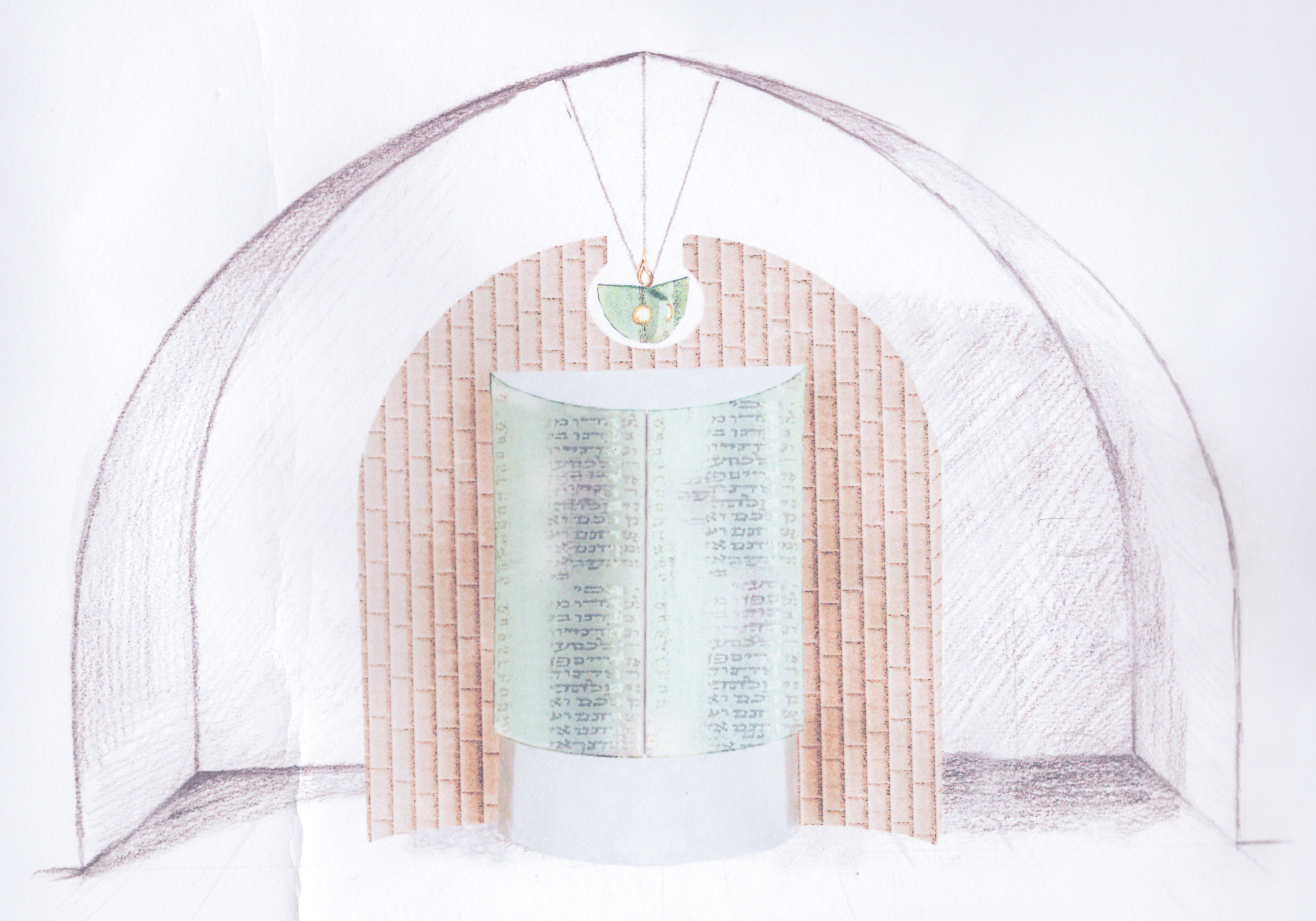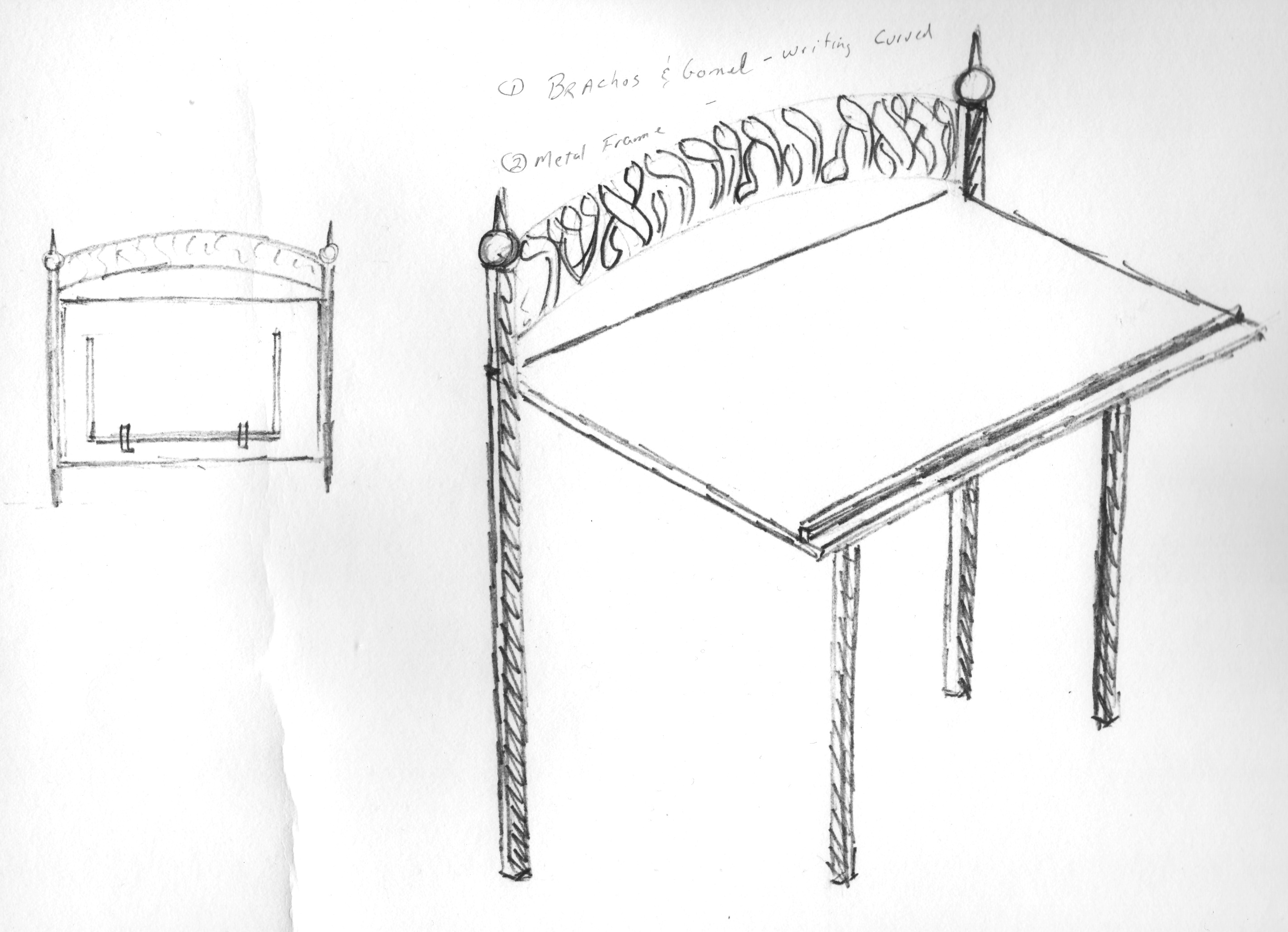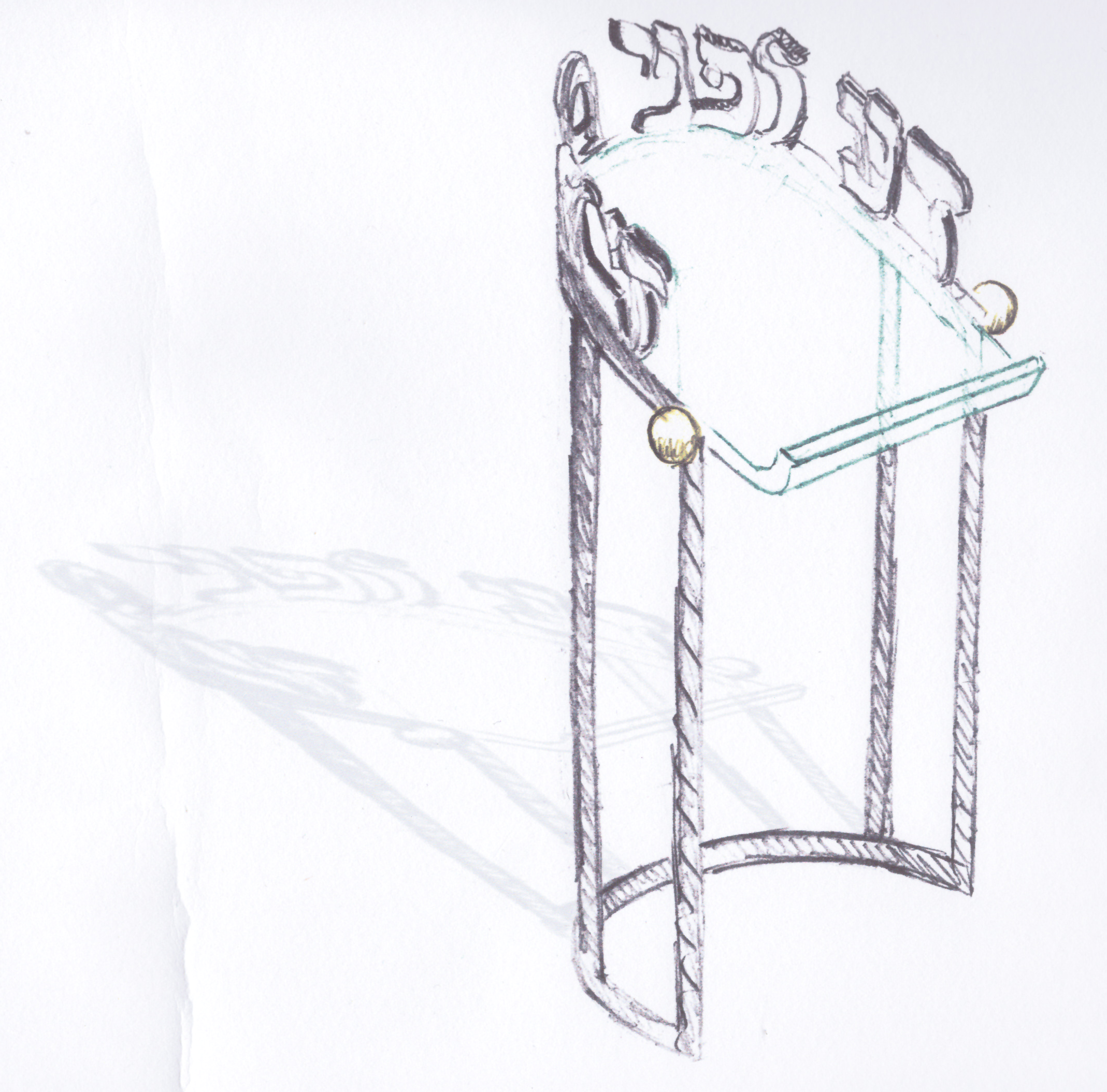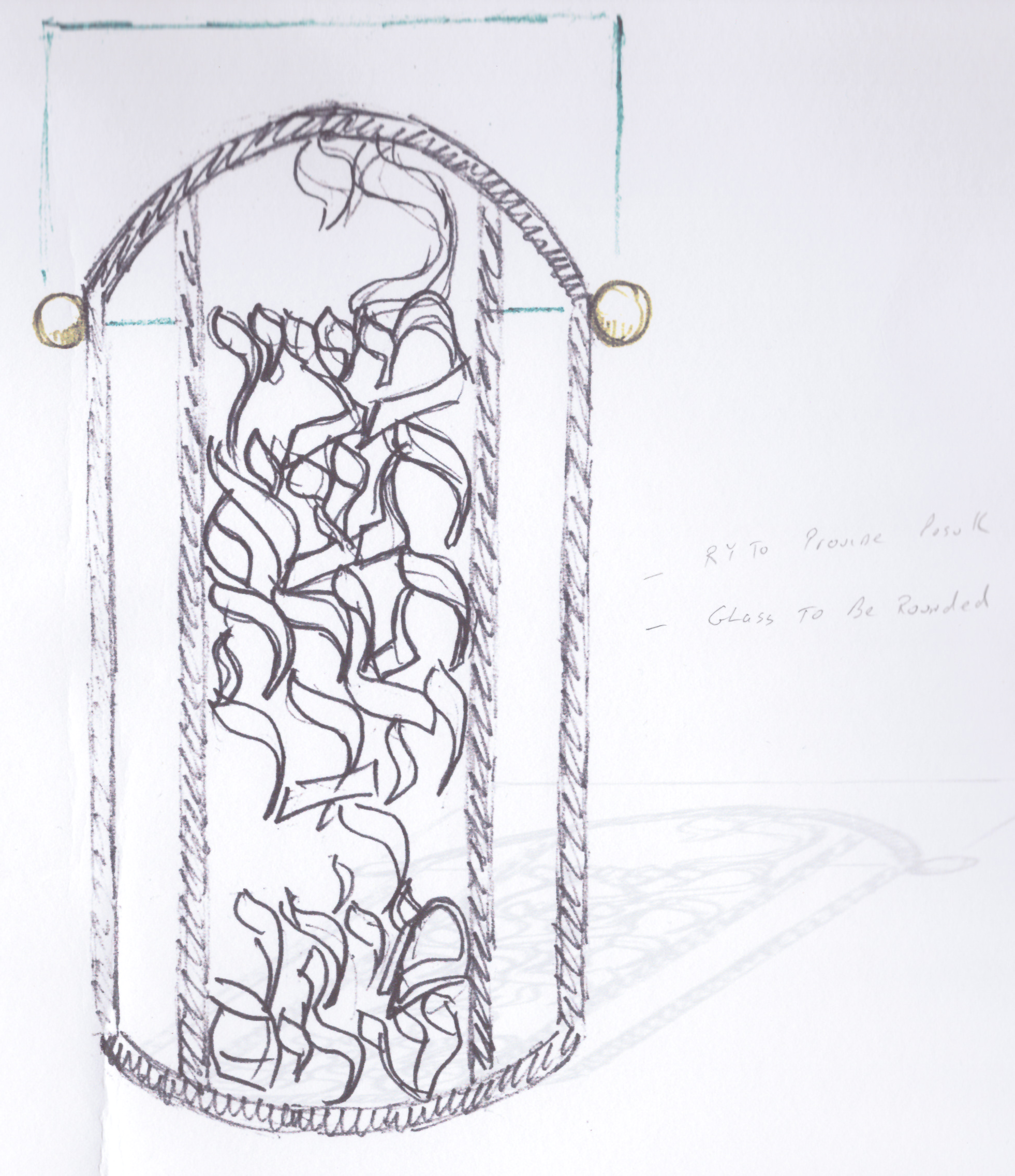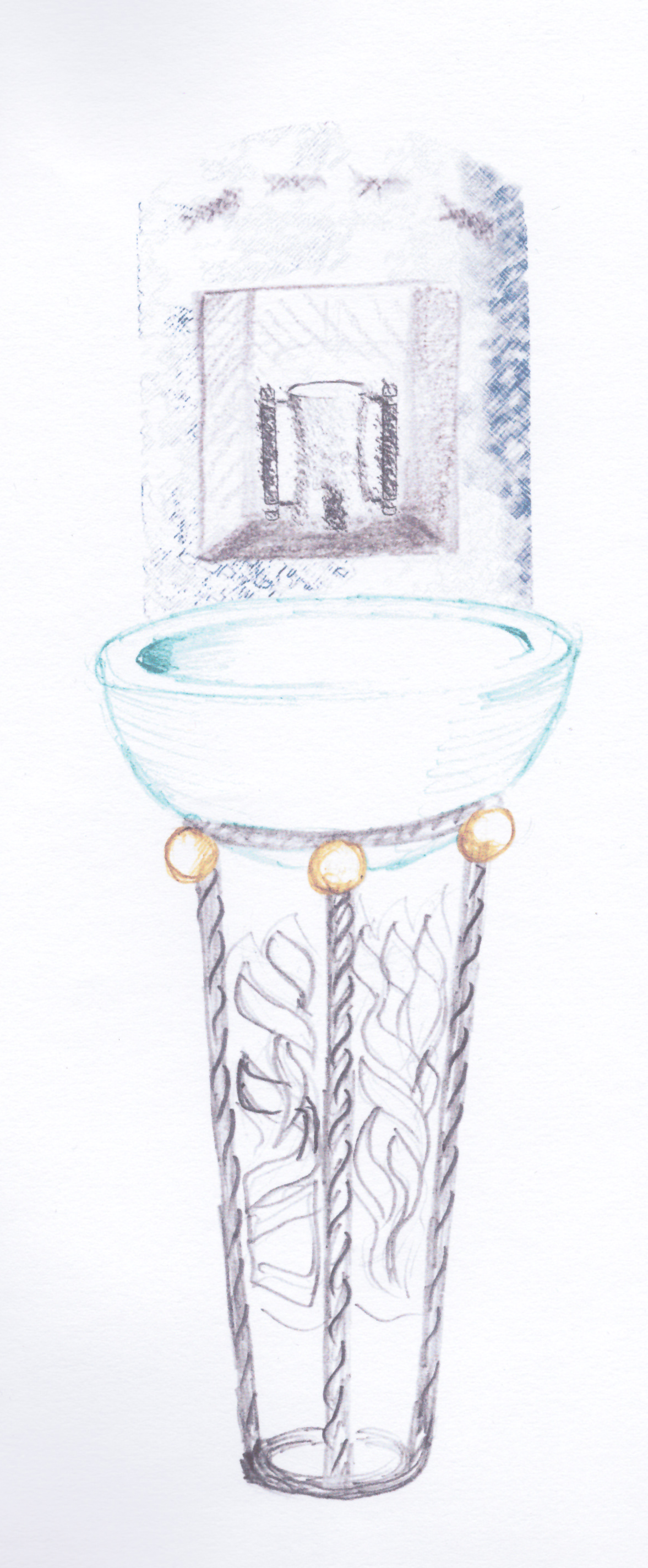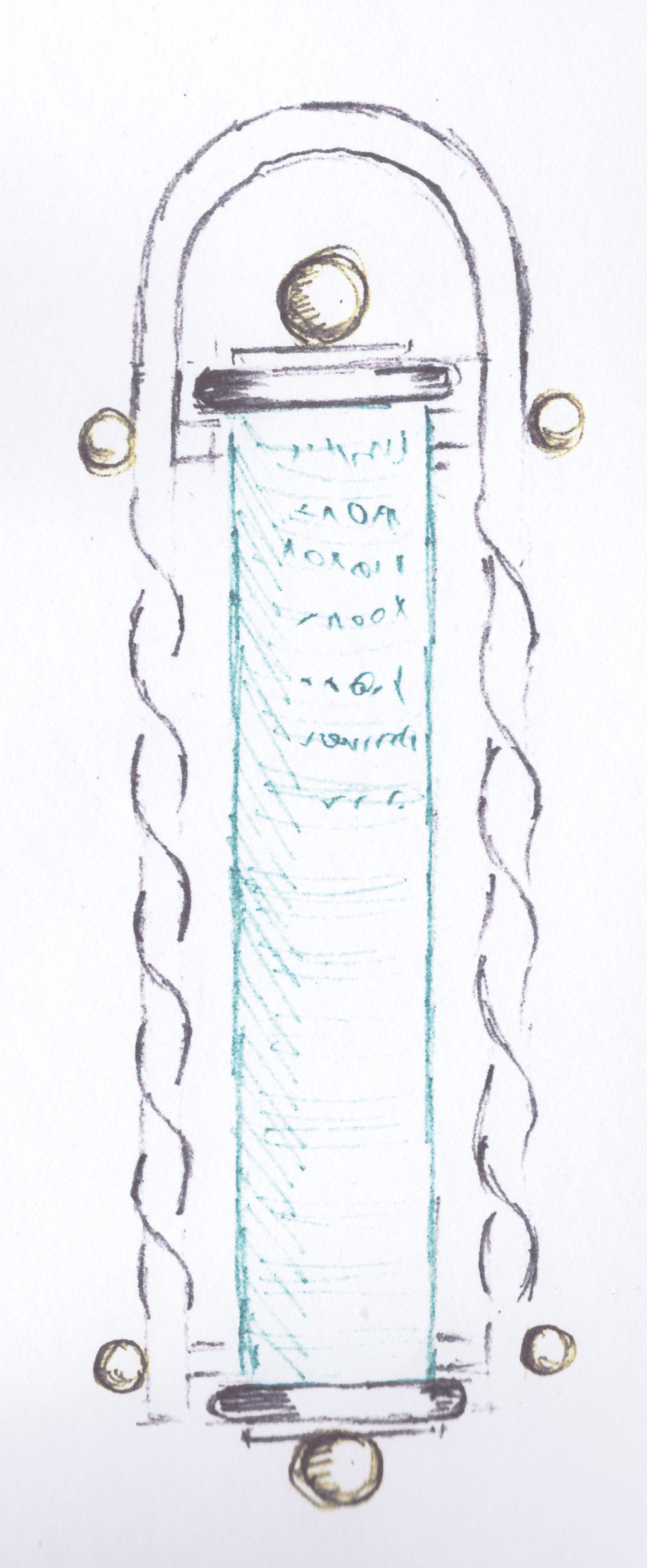The Yeshiva Blog
Hi-Tech and religious objects
Yeshivas Bircas HaTorah combines the historic beauty of the Old City with a modern ambiance.
There is quite a contradiction between religious and ceremonial objects and hi-tech design; hi-tech is something cold and defined whereas Jewish ceremonial objects are warm and full of tradition.
When we redesigned our Beis Hamedrash, to overcome this contradiction we contracted Judaica artist and designer Michael Kupietzky who created a collection that is traditional in shape, with hi-tech accents. By using a familiar basic form in the design and Hebrew lettering the user feels comfortable with the hi-tech touches lend the objects a uniform and unique harmony.
The concept works perfectly with the surrounding envionment. The old architectural design of the room accentuates the cutting edge design of the pieces.
The Aron Kodesh
The Aron Kodesh was influenced by the cylindrical shaped receptacles of the ancient Qumran scrolls. Over two thousand years ago during the Hashmonaim dynasty (2nd century B.C.E.) the Essenes cult settled in the ancient ciry of Qumran in the Judean desert by the Dea Sea. The orignal city was established during the Judean kings period (8th centruy B.C.E.). During archeological diggings in 1951-1956 by the French government, Torah scrolls were found in unique condition.
The half-cylinder shape fo the Aron Kodesh is a reminder of the cylinder shape canisters that the Torah scrolls ere found in.
The doors are made of glass with an etched design. The top and bottom of the cylinder is stainless steel with a matt brushed finish lending the piece a hi-tech look.
A stone arched wall built out of Jerusalem stone acclimitates the Aron with the space around it. When the glass doors are opened it looks as if a Torah is being unraveled. The doors are cradled by the back stone wall.
The Bima
The Bima was created to be extremely functional as well as a graceful sleek design. The table is lightweight and cna easily be folded and stored in its designated place.
The concept of using Hebrew letters as the design and not in the design is a very modern concept. the contrast between the brushed steel poles with the brass balls and the traditional parohet has a unique look.
The Amud and the Podium
The Amud follows the same design as the Bima. Brush steel poles are adorned with brass balls that act as a contrast to the poles. The top is made of glass. Encompassing the glass are the hebrew letters "דע לפני מי אתה עומד" - know before Whom you stand.
The Podium follows the same design as the Bima. Brush steel poles frame the cast letters. Adorning the metal structure are high polished brass balls. The top is made fo glass. The cast pasuk gives a warm and traditional feeling to the raw materials.
The Kiyor and the Mezuzah
The Kiyor follows the theme of the three poles with lettering between them. The basi itself is glass. The back splash is of gray stone matching the existing stone of the steps. Adorning the stone is the pasuk "שאו ידכם קודש לה'". In the center is a niche with a push mechanism for filling up the washing cup.
A Mezuzah is a receptacle for a a rolled parchment scroll, containing the ancient biblical texts of the Shema. It serves as protection of the Jewish household.
The mezuzah is placed on the door-post of all Jewish homes. This precept is based on the stoy of the Jews in Egypt, found in the Book of Exodus. The Jewish people, ordered by Moshe, marked their door-posts, to protect their families, so the Angel of Death would pass over and not afflict their household.
The Qumran Mezuzah was first created in 1996. It was made of Jerusalem stone and brass with a patina finish. After designing the Qumran Aron Kodesh it was only natural to unite it with the concept of the Qumran mezuzah. A new design was created to incorporate the architectural structure of the building.

